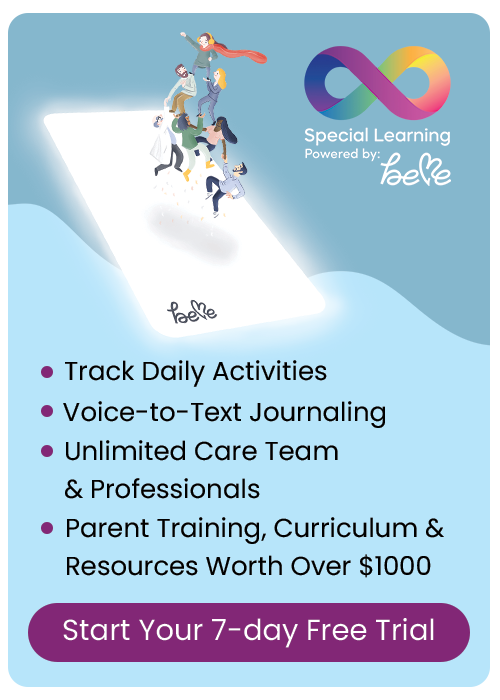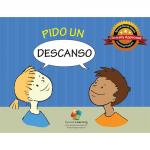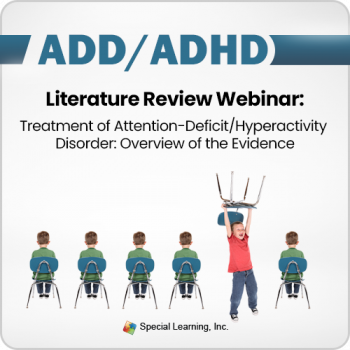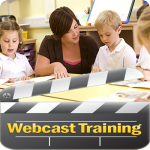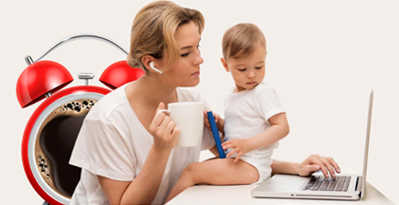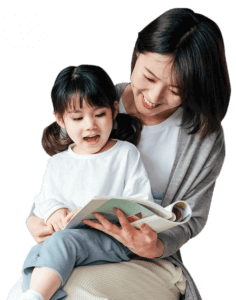Blog Categories
- ADHD
- Applied Behavior Analysis
- Autism Awareness
- Autism Service Providers
- Case Studies
- Dignosis
- Classroom Management
- Credentials
- Ethics
- Family Matters
- FAQs About LIVE Events
- Financial Planning
- Holiday Planning
- IEP's
- Panelists
- Private Equity in Autism & ABA Industry
- Psychopharmacology
- Sensory Processing Disorder
- Speech and Communication
- Subject Matter Experts
- Summer Planning
- Transition Planning
Sibling Relationships: How do I get my children to understand each other?
now and has been employed with Step By Step Academy, Inc. since 2002. She received her Bachelors of Science degree in Psychology from The Ohio State University. She has served as an in-home behavioral consultant for consumers privately for five years and is continuing her education by preparing for the Board Certified Assistant Behavior Analyst certification under the direct supervision of a Board Certified Behavior Analyst. Monisha has supervised and overseen intensive behavioral intervention in classrooms as part of a partnership and collaboration with several school districts in the state. Currently, Monisha is the Clinical Project Manager at Step By Step Academy.
Sibling Relationships: How do I get my children to understand each other?
As a parent with a child/adolescent with autism spectrum disorder (ASD), you know how difficult it is for him/her to make friends, join in play, and most importantly, build relationships. Socialization is of course, one of the top three deficits in individuals with ASD.
According to the Diagnostic and Statistical Manual of Mental Disorders, Fourth Edition (DSM-IV), an individual with ASD will have…
• Qualitative impairment in social interaction
• Qualitative impairments in communication
• Restricted repetitive and stereotyped patterns of behavior, interests and activities
Therefore, you may ask yourself… how do I help my child develop those relationships especially with his/her sibling? Of course all parents want to see their children get along (well, at least try to get along) and interact with each other as all siblings do.
Here are some suggestions for you to try in order to build those relationships:
1. Have your other child reward his/her brother/sister (diagnosed with ASD) with a treat or item upon completion of a specific task (ex. washing his/her hands). This is referred to as being paired as the “giver of good” and we want to do this as a way to develop a rapport with the child on the spectrum.
2. Ask the sibling to play with his/her brother/sister (again, the one diagnosed with ASD) by following him/her around the room and joining him/her in whatever they are doing. This is called “pairing” in the ABA world.
3. You may want to look into activities around your neighborhood that would include both of your children to participate (for example, an indoor gym or recreational center).
**And, as a friendly reminder, this will be an ongoing process that will not get resolved overnight. Stay focused and creative!
Resources:
Diagnostic and Statistical Manual of Mental Disorders, Fourth Edition, Copyright 1994 American Psychiatric Association
RECOMMENDED PRODUCTS
Historia Social “Pedir un descanso” Plan de Estudios
ADHD Literature Review Webinar: Treatment of Attention-Deficit/Hyperactivity Disorder: Overview of the Evidence (RECORDED)
Strategies to Increase Beginner Classroom Participation Skills: Decreasing Problem Behavior with an FBA Part 1: How to Begin
